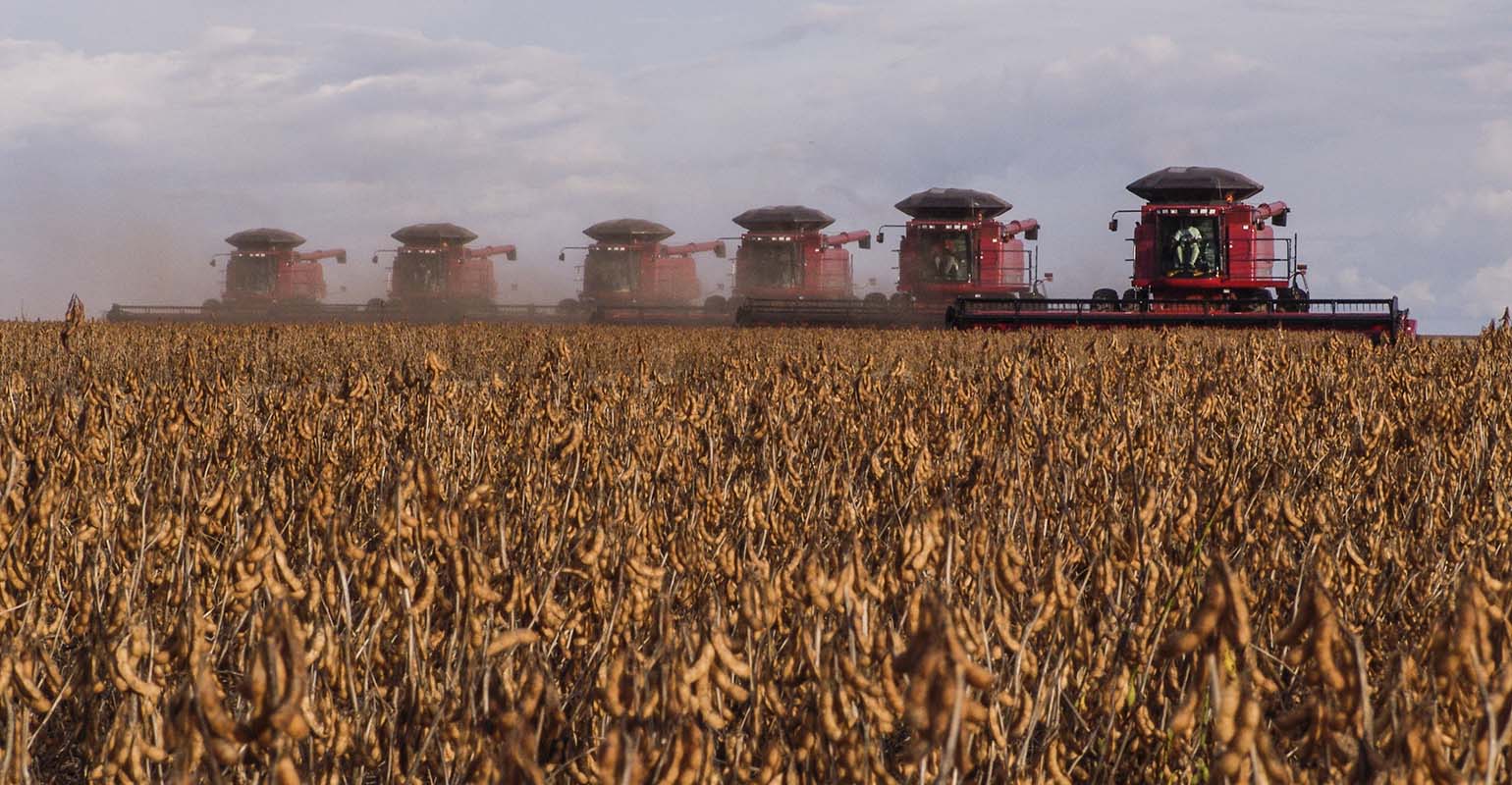The economies of Latin America are expanding again. But the problem is, growth is slow. And there are plenty of uncertainties that could sap the region’s growing economic vitality—from a series of upcoming elections across Latin America to the impact of a potential trade war between the United States and China and the outcome of NAFTA negotiations.
The Inter-American Development Bank predicts that Latin American economies will grow 2.2% this year and inch up to 2.6% growth in the 2018-2020 period. Venezuela, where the economy is on life support, is a notable exception, LANA reported.
While economic growth in the region is welcome after a sluggish year in 2017 and two straight years of economic contraction in 2016 and 2015, “growth is too slow to satisfy the desires of the region’s middle class,” said Jose Juan Ruiz, the IDB’s chief economist.
Latin America also continues to lag emerging nations in Asia and Europe whose economies are expected to grow 6.5% and 3.7%, respectively, from 2018 to 2020.
In a new report, “A Mandate to Grow”, IDB analysts say Latin America will continue to lose its share of global GDP unless the region improves investment levels as well as the quality of investments.
“We need to invest more, but especially we need to invest better,” said Eduardo Cavallo, the IDB’s lead economist and one of the authors of the report. He said there’s a strong relationship between investment and gross national savings and that on average, savings rates in Latin America have been lower than other areas of the world.
Another factor that has driven growth in recent decades—growing young populations—also is disappearing as Latin American population age and birth rates decline. “We will not have the tailwinds of the demographic dividend,” Cavallo said. “We will have headwinds.”
But in the short term, “the greatest risk (for Latin America) is uncertainty,” said Daniel Godinho, a former Brazilian secretary of foreign trade and a senior fellow at the Atlantic Council.
Trade War and NAFTA
The United States imposed a 25% duty on Chinese steel imports and a 10% tariff on aluminum imports in March. It released a list of $50 billion worth of Chinese imports, mostly high-tech products, in April that could be targeted for tariffs, and President Donald Trump also has instructed the US Trade Representative to consider whether another $100 billion in tariffs would be appropriate.
If US-China trade relations deteriorate further, it could potentially create some opportunities for some Latin American countries. China has threatened $50 billion in tariffs on US soybeans, aircraft and cars, for example, and that could spur Chinese demand for some manufactured products, soybeans from Brazil, and soybean oil from Argentina.
“The demand is there, but Brazil’s exportable supply is quite limited,” Godinho said. A drought that began last November also has cut into Argentine production of soybeans and corn.
Senior Trump administration officials recently spent two days in Beijing in an effort to iron out trade issues, but it appears little progress was made. The two sides plan to hold further discussions next week.
If a trade war caused the Chinese economy, and by extension the world economy, to slow, it could have a negative impact on Latin American economies, which are largely commodity exporters. A Banco Santander study estimated that if a trade war developed, it could reduce Brazil’s 2019 GDP by 1.1%.
“Latin America would surely be caught in the crossfire between a US-China trade conflict,” said Gerardo Mato, chairman for global banking and markets in the Americas for HSBC. A tit-for-tat trade war could potentially depress commodity prices, accelerate protectionist measures internationally, and distract from the reform agenda in Latin America, he said last week during an Atlantic Council conference on US-China trade tensions.
It appears NAFTA negotiations are back on track with Canada, Mexico and the United States meeting in Washington last week. US Trade Representative Robert Lighthizer has said he hopes to see a new agreement by the end of May so that the US Congress could approve a revised agreement this year. But meeting such a deadline could be difficult, and in 2019 a new congress, which may not be as NAFTA-friendly, takes over.
Also looming is a June 1 deadline when the United States says it will begin imposing tariffs on steel and aluminum imports from Mexico and Canada if a new NAFTA pact isn’t reached by then.
Elections
Since late 2017, four Latin American countries have changed leadership and elections are scheduled in four more before the end of the year. “It’s the heaviest election calendar in Latin America in many, many years,” said Joyce Chang, head of economic research at JPMorgan.
Three of the countries with upcoming elections—Mexico, Brazil, and Colombia—account for 45% of the region’s GDP. But economies don’t turn on a dime and it takes time for a change in government to potentially impact trade patterns.


